A new book explores how the concept of the multiverse has evolved
Tom Siegfried, author of ‘The Number of the Heavens,’ discusses what the multiverse has meant to great thinkers throughout history.
Every print subscription comes with full digital access

Meet 10 young researchers who combine persistence and passion to make headway on science’s big questions.
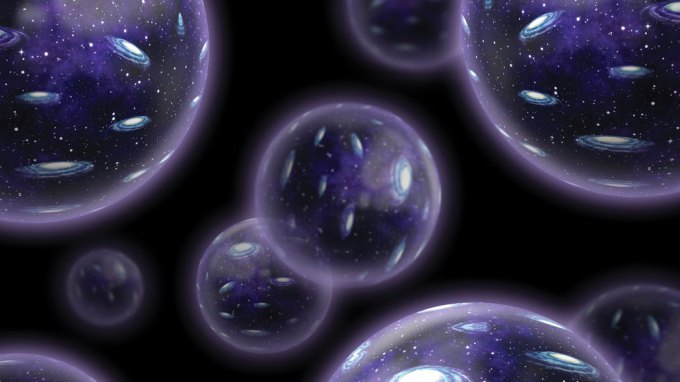
Tom Siegfried, author of ‘The Number of the Heavens,’ discusses what the multiverse has meant to great thinkers throughout history.
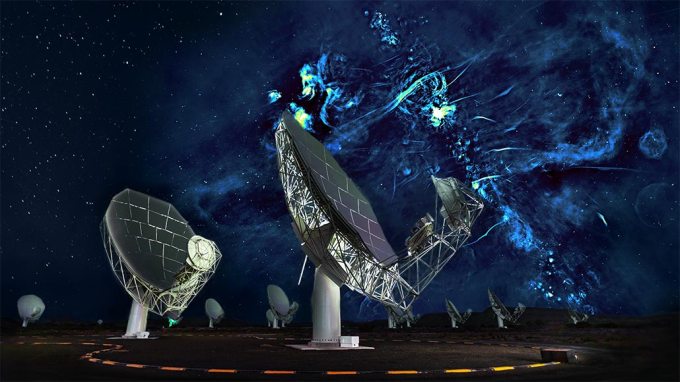
New structures found at the heart of our galaxy join other bubbles, chimneys and filaments that hint at a turbulent past.
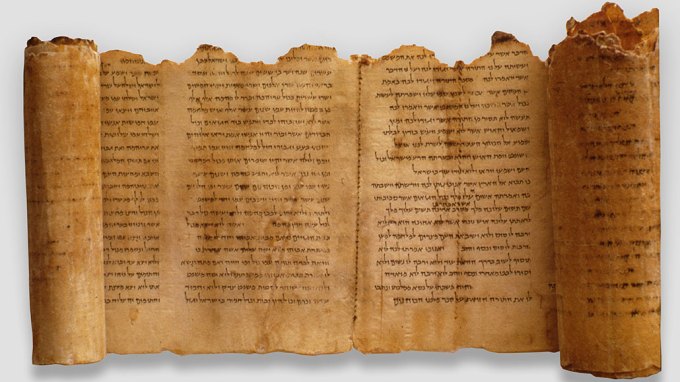
A newly discovered salty lamination on the Temple Scroll could help explain why the ancient manuscript’s parchment is remarkably bright.

Scientists and journalists share a core belief in questioning, observing and verifying to reach the truth. Science News reports on crucial research and discovery across science disciplines. We need your financial support to make it happen – every contribution makes a difference.
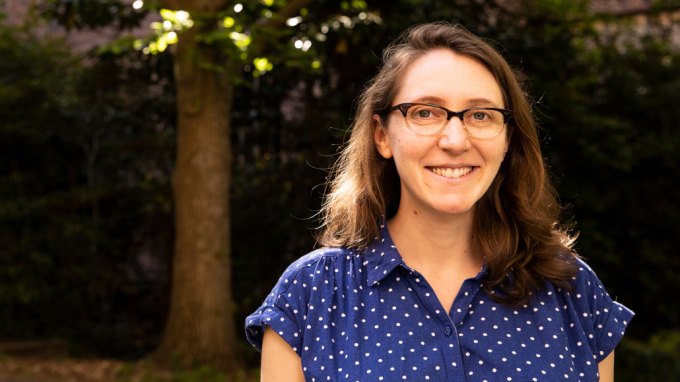
Abigail Swann's studies reveal that water vapor from forests can affect drought patterns a hemisphere away.
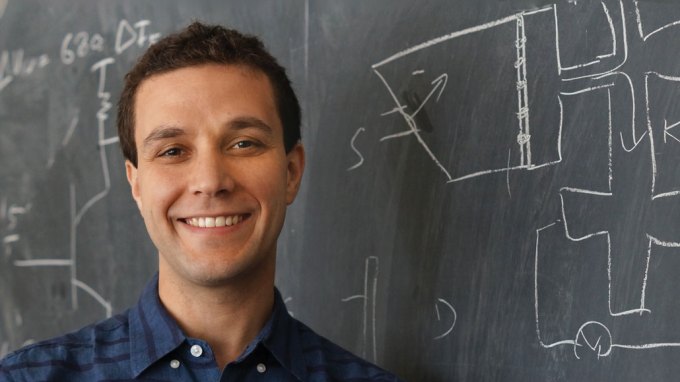
Physicist Andrea Young has set his sights on the strange ways electrons behave in flat, layered structures.
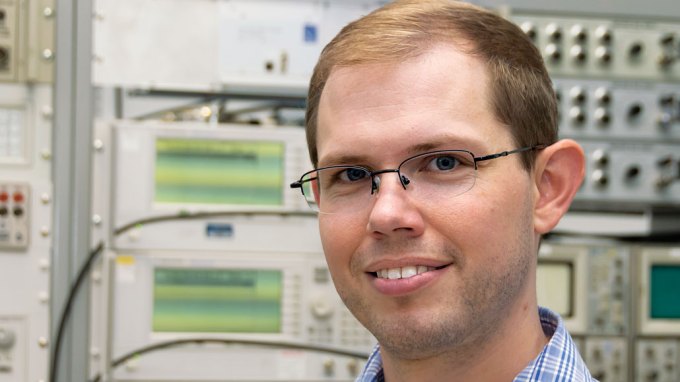
The complex molecules Brett McGuire has discovered in interstellar space may point to the origins of carbon-based life.
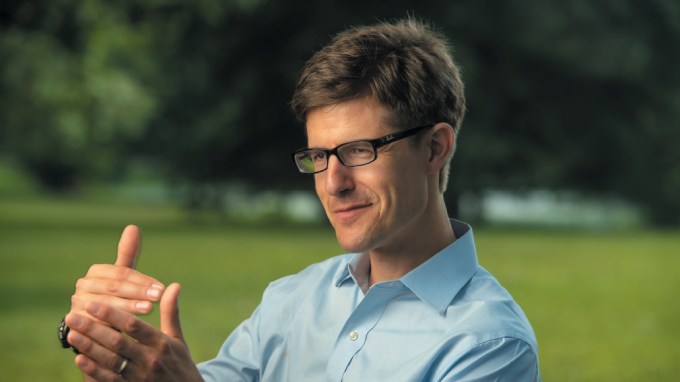
As global temperatures rise, Malin Pinsky’s research attempts to understand how marine ecosystems are changing and why.

Maryam Shanechi creates computer programs that link brain and machine to one day help patients with paralysis or psychiatric disorders.

Michelle O’Malley studies anaerobic gut fungi, microbes that could help make chemicals and fuels from sustainable sources.
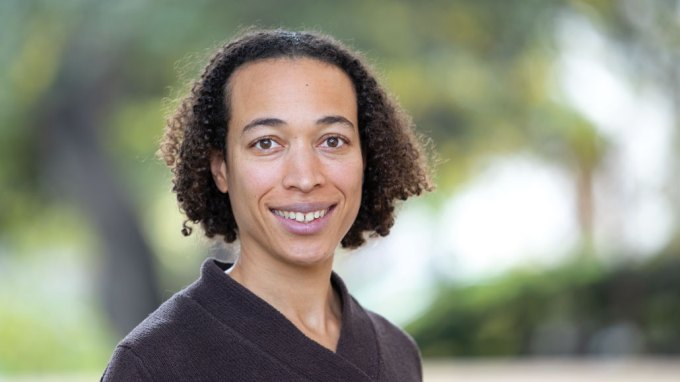
Monika Schleier-Smith forces atoms to interact in ways that could offer insights into quantum computing, precision timekeeping and perhaps black holes.
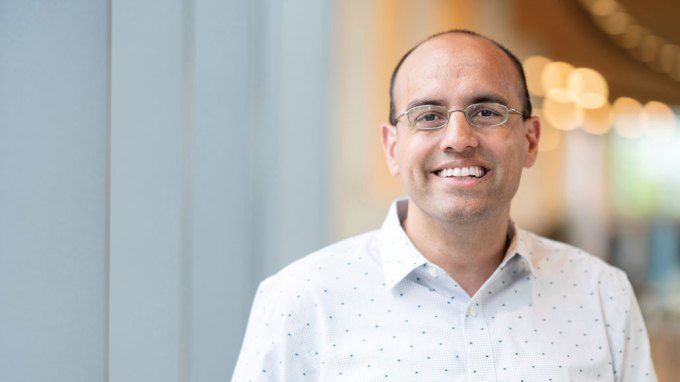
Economist Parag Pathak has overhauled school choice systems across the United States. Now he’s assessing what makes for a good education.
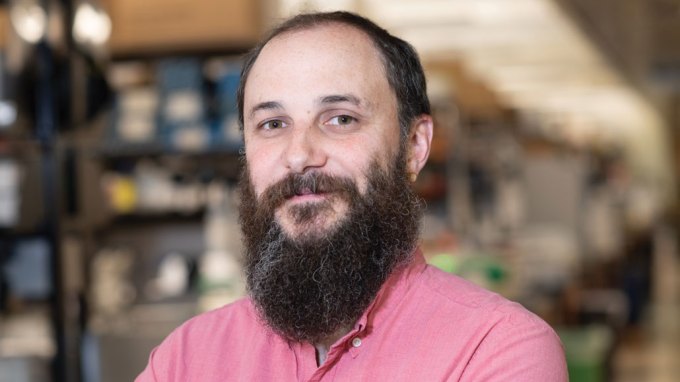
Seth Shipman is developing tools that may reveal hidden biological processes.
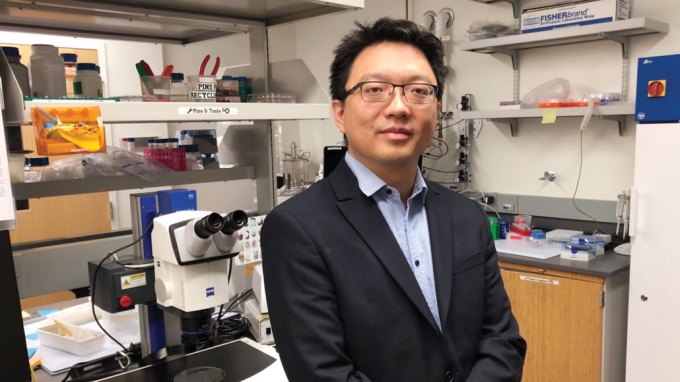
By adapting CRISPR/Cas9, Stanley Qi has given genetic engineers a plethora of new tools.
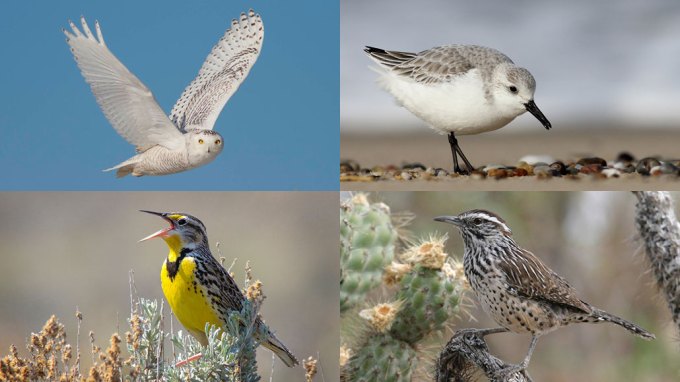
Scientists estimated the change in total number of individual birds since 1970. They found profound losses spread among rare and common birds alike.
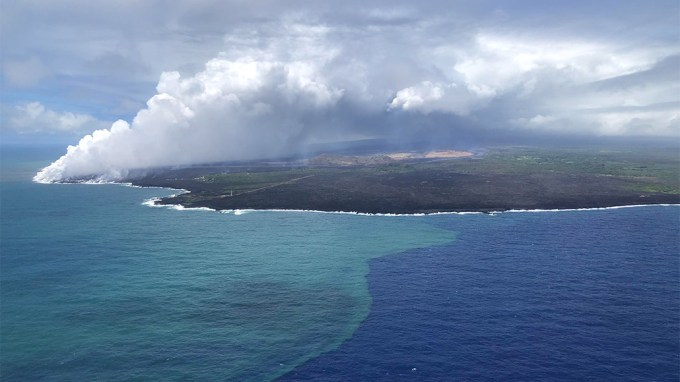
Kilauea’s heavy flow of lava into the ocean in 2018 added both food and heat to fuel a sudden bloom of ocean algae.
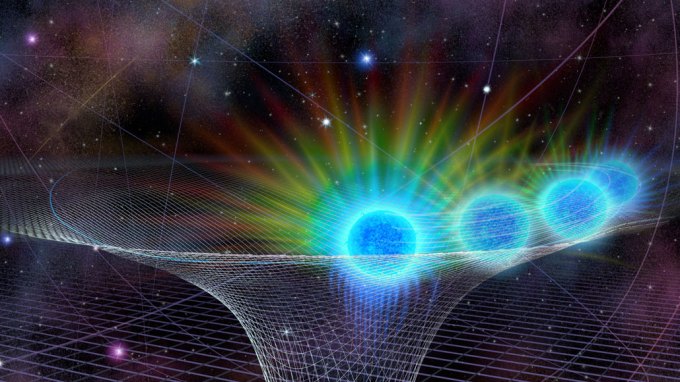
The big black hole at the center of the galaxy recently flared twice as bright as ever seen before in near-infrared wavelengths.
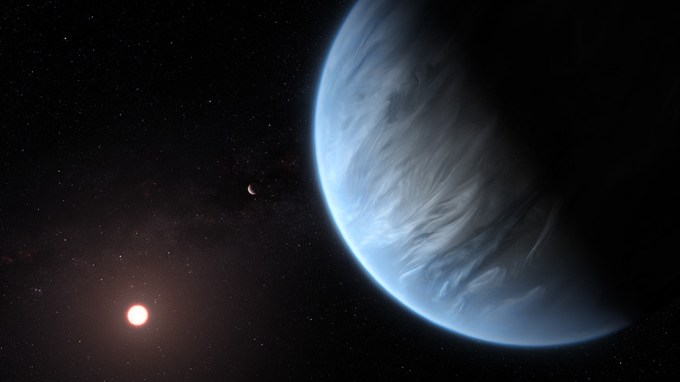
For the first time, astronomers have detected water vapor and possibly signs of clouds and even rain in the air of a potentially habitable exoplanet.
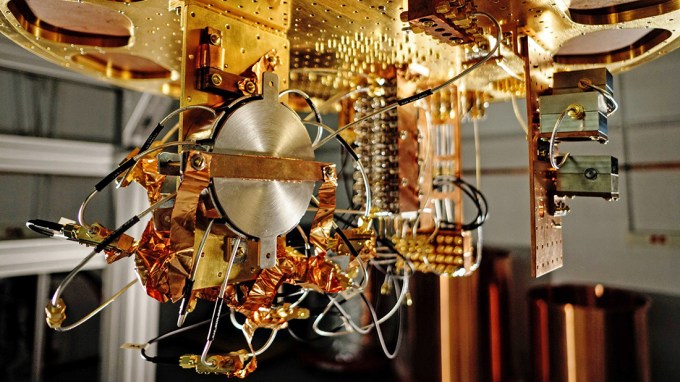
Reports suggest a quantum computer has bested standard computers on one type of calculation, but practical applications are still a distant goal.
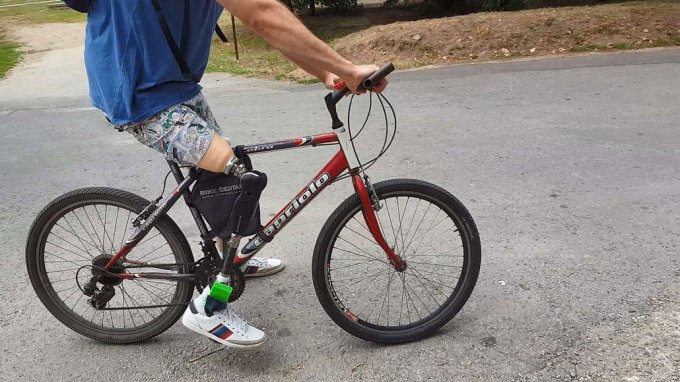
A prosthetic leg that can sense foot pressure and knee angle helped two men walk faster and reduced phantom leg pain.
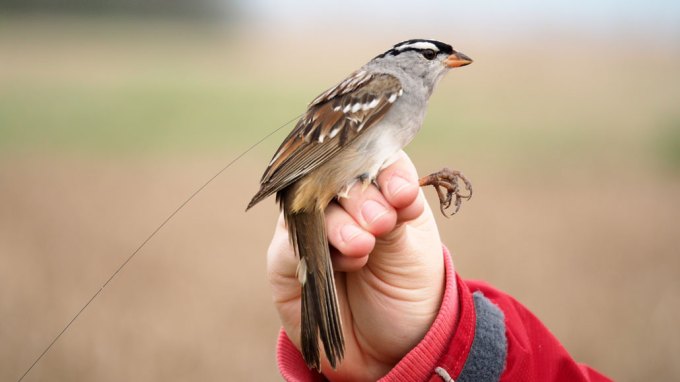
Scientists have previously implicated neonicotinoid pesticides in declining bee populations. Now a study suggests that songbirds are affected, too.
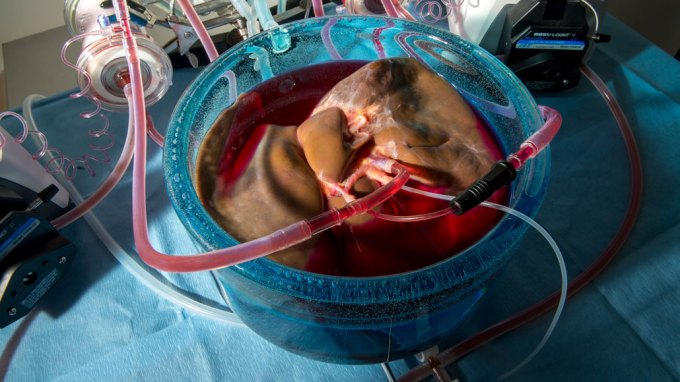
Cooling organs to subzero temperatures could help them last longer, making lifesaving transplants available to more people.
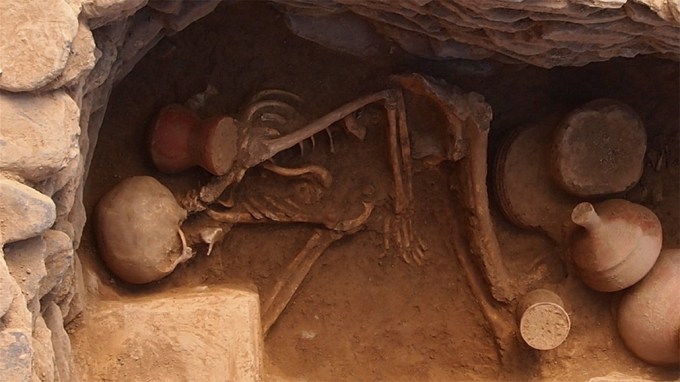
Farming in the region may have sprung up locally, while herders from afar sparked language changes.

A new study of gravitational waves from merging black holes agrees with the predictions of the general theory of relativity.
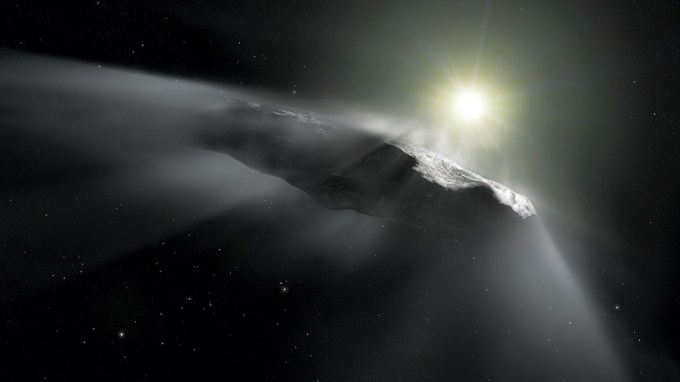
Researchers will be able to watch what appears to be an interstellar comet swoop through the solar system for about a year.
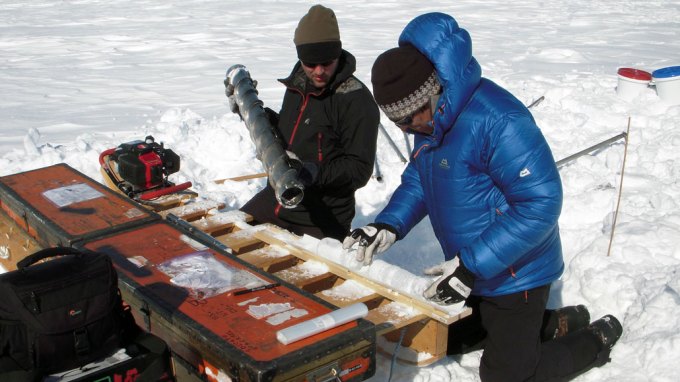
Since 2001, melting and refreezing have created vast ice layers near the surface that could drastically amp up meltwater runoff and sea level rise.
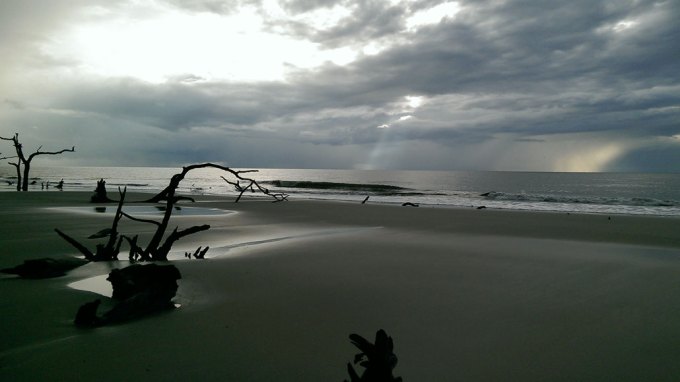
Great Lakes and southeastern coastal hunter-gatherers had direct contact around 4,000 years ago, a study suggests.

Brain specialization comes with toe specialization in people who use their feet for painting, eating and writing.
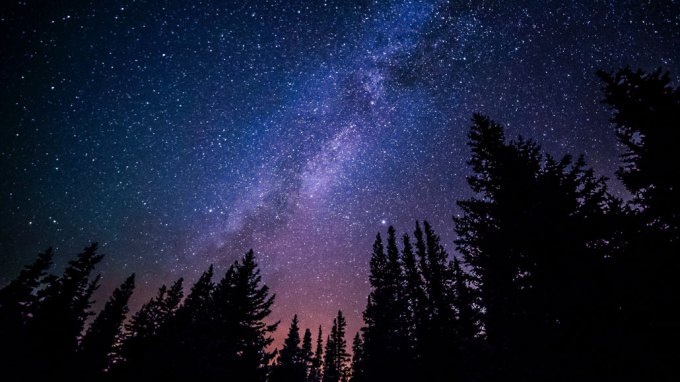
A new thermoelectric generator uses the temperature difference between Earth and outer space to create electricity after the sun goes down.
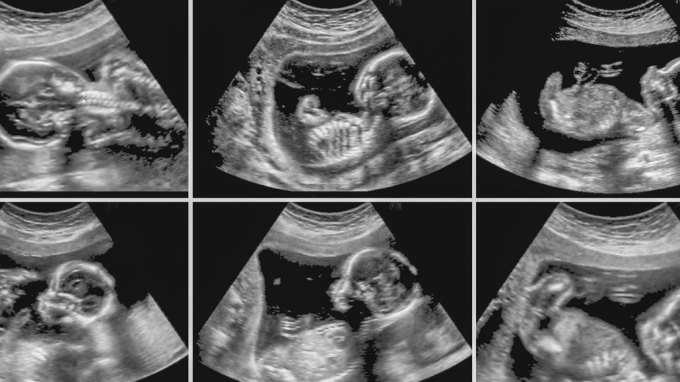
A small study of women living in Belgium found soot embedded in their placental tissue.
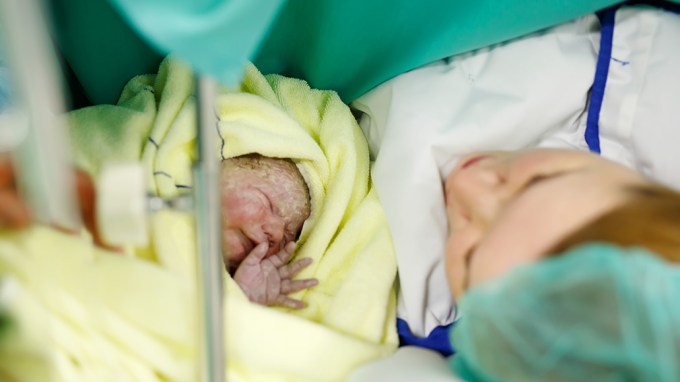
Microbial mixes in babies’ guts differ depending on birth method.
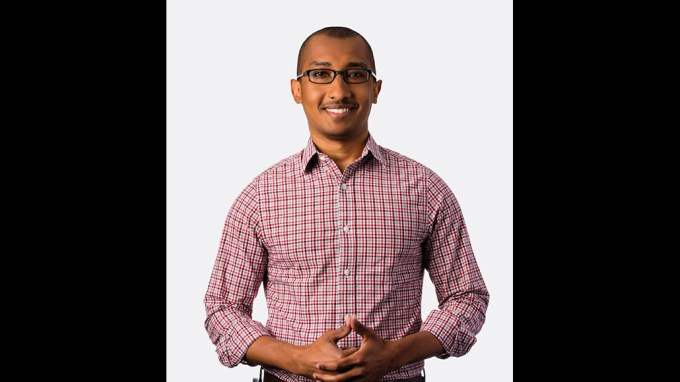
Maya Ajmera, President & CEO of Society for Science & the Public and Publisher of Science News, sat down to chat with Lester Mackey, a statistical machine learning researcher at Microsoft Research Labs New England.
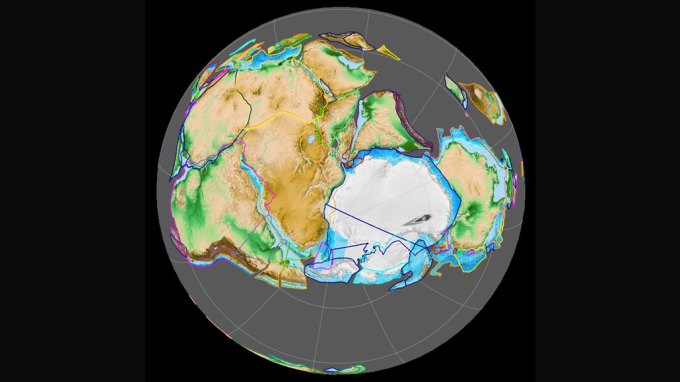
Fifty years ago, fossils from Antarctica helped seal the deal that the southern continents were once connected in one, giant landmass called Gondwanaland.
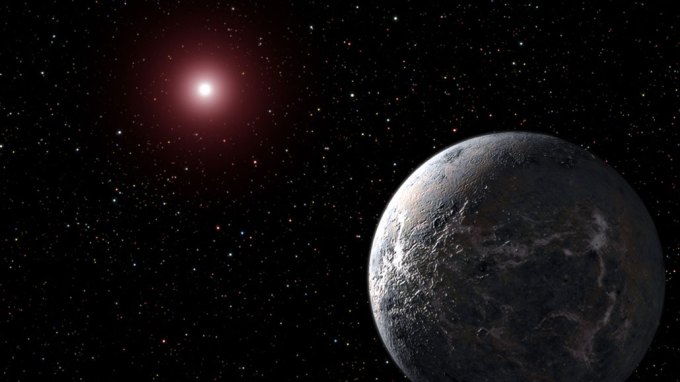
The authors of ‘Imagined Life’ rely on science to sketch out what kind of organisms might exist on exoplanets.
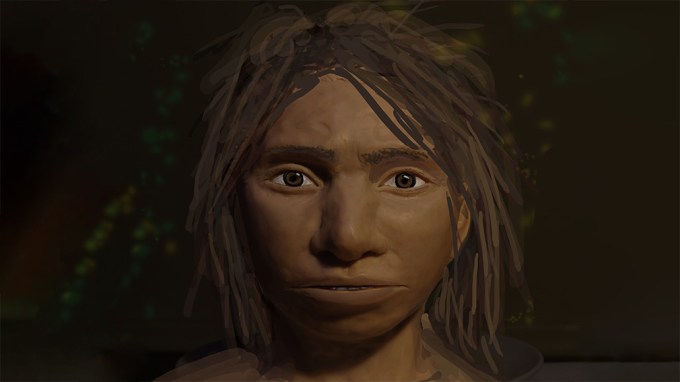
A controversial technique reconstructs a teenage Denisovan’s physical appearance from genetics.
Subscribers, enter your e-mail address to access the digital replica edition.